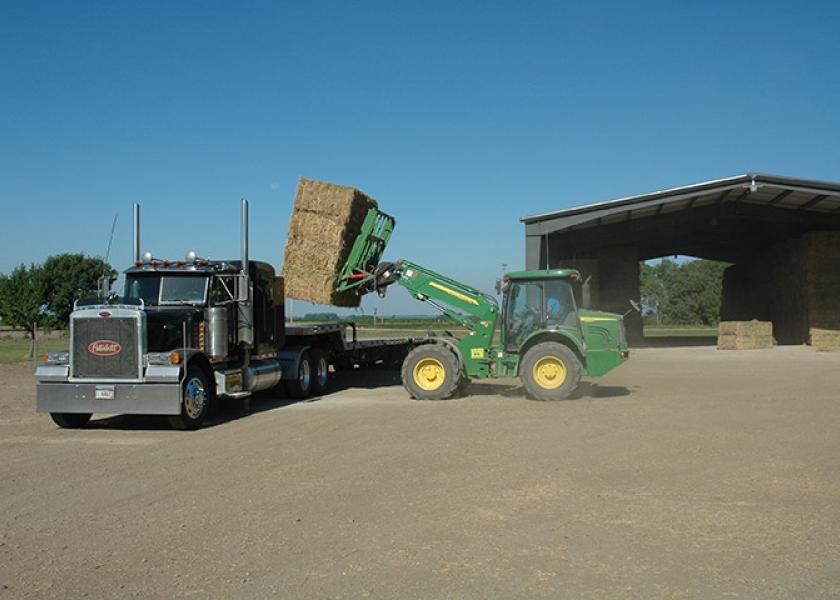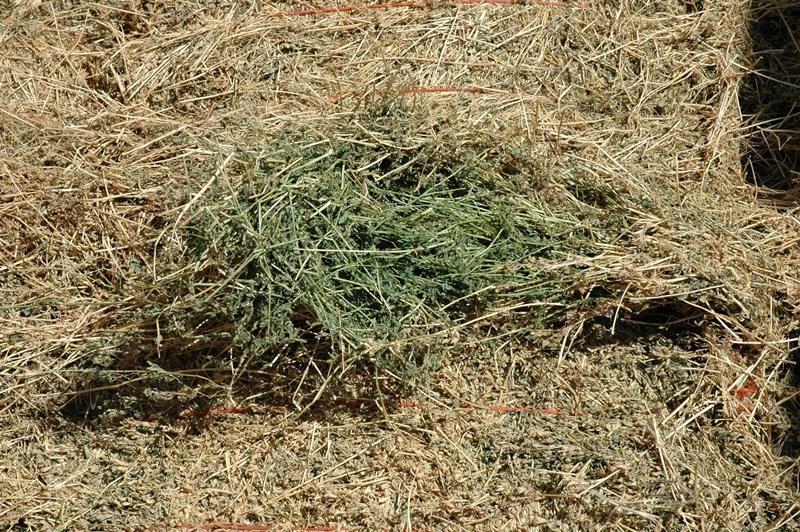Reality Check for Low-Lignin Alfalfa

It’s anticipated two varieties of low-lignin alfalfa will become more widely available next year, prompting farmers to begin experimenting with the more digestible forage.
Early promotions of low-lignin alfalfa suggest it will have a wider harvest window, meaning farmers will be able to lengthen the time between cuttings. The result should be greater tonnage per acre over the course of a season without sacrificing forage quality. That should also reduce harvesting and labor costs as well as soil compaction if one less trip across the field is needed.
“A 15 to 18% lignin reduction means we could harvest eight to 10 later,” says Dave Combs, a University of Wisconsin forage specialist. “But the cynic in me, when we look at low lignin corn, is that there could be yield drag.”
Two varieties of low lignin alfalfa will be coming to the market next year. One is from Alforex Seeds with its Hi-Gest 360 and Hi-Gest 660 offerings. (Hi-Gest 360 has a fall dormancy of 3; Hi-Gest is a semi-dormant version with a fall dormancy of 6.)
The Hi-Gest low-lignin varieties are a result of conventional plant breeding, and are likely targeted for both the North American and European markets. They have seven to 10% less lignin than conventional alfalfa.

A second variety, from Forage Genetics International, HarvXtra, is a result of genetic engineering. In addition to being low lignin, it will be Roundup Ready. It has 10 to 15% less lignin than conventional varieties, and will likely be available in limited supplies next year. Because it is genetically modified, it is likely targeted for the U.S. market.
Combs notes that the genetically modified HarvXtra has the same lignin genes inactivated as brown mid-rib (BMR) corn hybrids. While these BMR corn hybrids continue to improve, they still produce less tonnage per acre then conventional, non-BMR hybrids. Thus, Combs is withholding judgment as to whether the low-lignin alfalfa will be able to produce the same yields as conventional alfalfa.
Lignin provides structure and strength to the plant. So farmers often wonder if these low-lignin alfalfas will have standability issues. “Standability has not been issue, because these varieties have been back-crossed with varieties with high standability ratings,” says Combs.
To date, just two feeding trials have been done with low-lignin alfalfa. Both were presented as abstracts, but neither was ever published in a peer-reviewed journal.
• The first was a feeding trial with lambs, which showed the low-lignin alfalfa did have better digestibility.
• The second trial was with lactating cows. It showed fiber digestibility went up nine units and milk production increased 2.5 lb/cow/day.
“Low-lignin alfalfa is one tool, and it will be an important tool, in improving fiber digestibility in dairy cow diets,” says Combs. “But there are other ways to reduce lignin in diets as well.”







